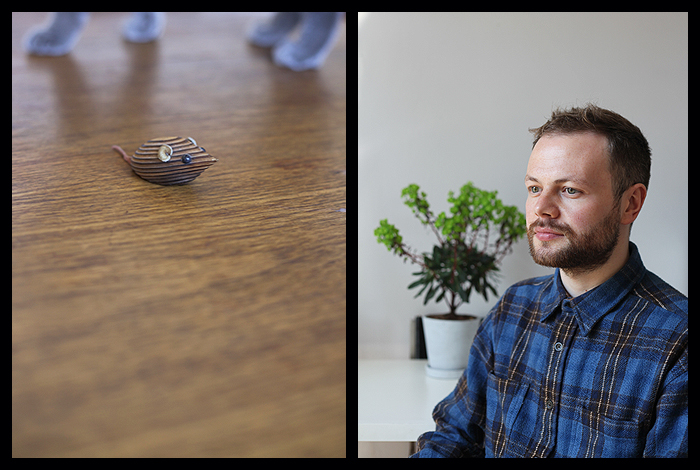
The back garden was a menagerie. A pair of pigs grazed on the perfectly kempt lawn and a donkey sheltered by the well. Butterflies the size of dinner plates clung to the red brick house. Living alongside these reconstituted concrete and resin animals was a real cat. Jimmy was the latest in a long series of strays that Ernie and Maud had adopted, every one named Jimmy whatever its sex. And there were more strays, birds with broken wings or fledglings concussed after flying into freshly Windolened glass. Ernie built an aviary for them. He’d also built his and Maud’s home. He was both a deeply practical and a playful man. Since leaving his job as a joiner for British Gypsum he’d run his own business out of the garage. He built bird houses, garden sheds and fences and for the villagers of East Leake. For each piece he’d make a mouse, with a nose lathed into the perfect point, two curled leather ears, a tail and a pair of beady eyes. The mice were on everything he made, secreted away in the eaves of bird houses and under the seats of benches he constructed. It was only after Ernie’s death last year that his grandson Sam rediscovered the wooden mice – in the drawers of his grandparent’s kitchen, perched on water pipes and window sills. Maud was happy to have one less animal to dust and the mouse now lives in London, on Sam’s bookshelf.
19 Apr 2015
Just to the east of the farm is a vast national park. Its mountains are almost entirely tree covered. Spruce and beech dominate but there are also birch, oak, berry spattered rowan trees and the park’s grand, native pine, the Harz pine. The wedding ceremony was to culminate in ‘baumstamm sägen’. Tradition dictates a tree trunk is cut in half, to demonstrate how a couple work together to overcome the inevitable challenges in their future. The tree that Carina and James chose was not an oak or a beech or a Harz pine. They would have had the stamina but there were more pressing traditions that followed the baumstamm sägen, traditions that couldn’t be held up by sawing through a tree of General Sherman-like proportions. They didn’t want to test the patience of their guests when there was the promise of sparkling Rotkäppchen Sekt. So they chose a tree with a more modest girth, a plum tree from Carina’s grandparents farm. And the Rotkäppchen Sekt flowed.
10 Mar 2015
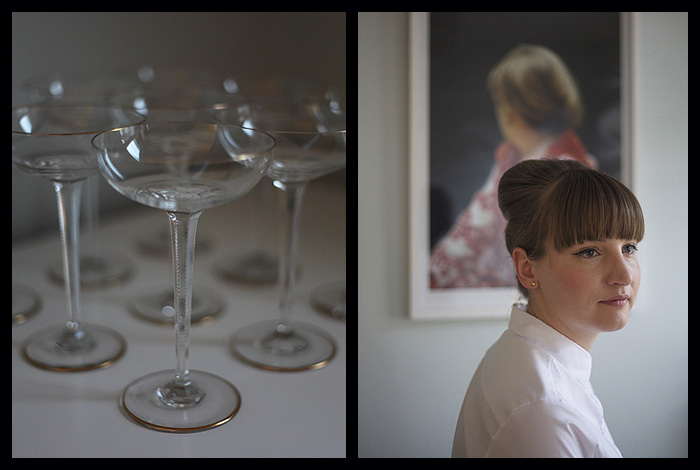
Else Müller slid the glasses neatly into the cabinet. They stood, hidden in the shadow of the shelf above, for another year. Every September over the next three decades they were dusted off for Else and Friedrich’s wedding anniversary. In 1939, just six days shy of their 31st anniversary, Britain and France declared war on Germany. It was five years before the allies declared victory but life did not return to normal. That same year the glasses rang together only as occupying American troops hammered on Else and Friedrich’s door. Their farm had been identified as one of the largest in Reddeber and the American soldiers moved in. Over the next few weeks jewellery and silver cutlery went missing. But the glasses remained. Even as Germany was carved up and the Soviet Union expropriated land across the east, including Else and Friedrich’s, the glasses were left untouched. In 1989, after the Berlin wall had fallen, the farm and its land were returned to the Müllers, to Else and Friedrich’s son, Hans. When Hans and his wife died, just months apart in 2007, their effects were carefully packed away by their daughters, Jutta and Sabine. The glasses were stored in a barn on the family farm until Jutta and her husband, Rüdiger, brought them to London for their daughter Carina. The glasses have survived two world wars, occupation, separation, reunification and a Ryanair flight.
01 Mar 2015
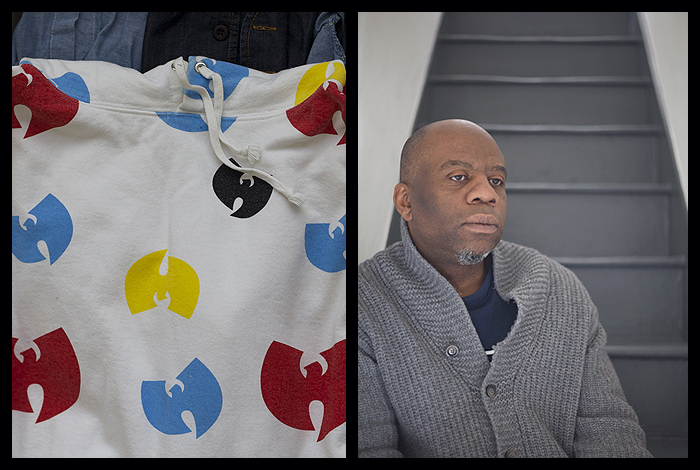
It was a pilgrimage of 3,500 miles. From Brick Lane, London to Rivington Street, New York City. Henry walked through the east village, his soundtrack – Mos Def, Talib Kweli, Wu-Tang and Pharoahe Monch. He took a left onto Rivington and turned off his iPod, he’d arrived at number 158. This was the Alife store and Henry had come to buy sneakers. Airforce 1s and Dunks, Bapestars or Attitude Hi DBLs, Henry wasn’t allied to any particular brand. But this time he was seduced more by the clothing and a collaboration between Alife and Wu-Tang Clan. Back in London Henry lived in his Wu-Tang hoody, perhaps because it antagonised his girlfriend. She asked him how old he thought he was, wearing a top like that. Weeks later, walking down Fournier Street, she was still reminding him that he was 36. They passed the house of the artists Gilbert and George. Gilbert was outside, holding court to a crowd of art students. He stopped mid-sentence and pointed to Henry, ‘Marvellous, absolutely marvellous. Great top, bravo!’.
01 Feb 2015
Kids from outside Holywell played football in the streets but there were no streets here. The hamlet had just one road. John Paulley played in the fields, so long as the cows weren’t calving. His dad worked the same fields 7 days a week, employed by his brother, a dairy farmer. John planned to work on the farm as soon as he finished grammar school, his dad had other ideas, ‘you need your head testing if you think I put you through school to do this.’ In 1952, at the age of 25, John graduated from Loughborough with a Special Diploma in Physical Education. The same year he returned to Dorset to teach PE and Maths at a local grammar school. When it closed nearly two decades later he moved to the new comprehensive school. In ’87, after 35 years, John retired from teaching. In 2003 he was awarded an MBE (Member of the Most Excellent Order of the British Empire) by the Queen for services to education. He is still a governor of the school today.
04 Jan 2015
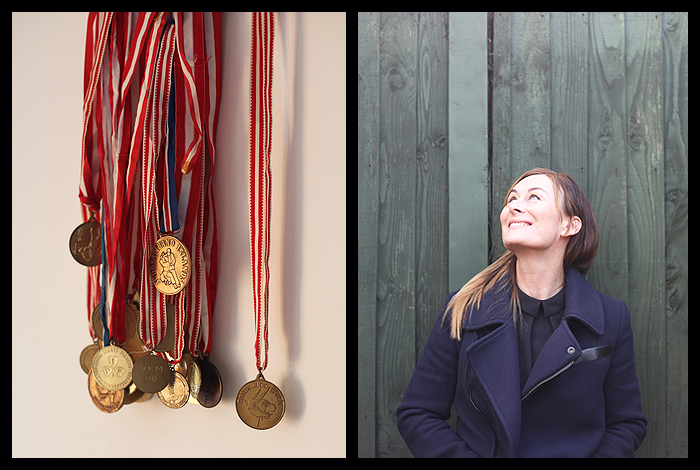
They were only 18 months apart but Ulla was very much the big sister. She was protective of her little brother but frustrated that he never defended himself against bullies. Even as the eldest child she was still too young for the karate classes advertised in the local paper. Her mum, Else, encouraged her to sign up for judo instead, where the teachers were happy to take on younger kids. Peter started classes too and his confidence immediately grew. At 10 years old Ulla could already see that these were important years for her brother. In spite of the awkwardness of judo and the poses that Ulla says ‘look silly’, it gave her and Peter self assurance. This continued to grow as Ulla won more and more of the competitions she entered. She says it’s very clear that judo has had an influence on her larger life, teaching her perseverance and stamina. This helped when she moved to London and began working as an illustrator. And it’s helped in her creative process too, trusting that an idea will come but being patient until it does. It’s not easy to know if modesty is consciously fostered as part of judo or whether this has always been a characteristic of Ulla’s. Either way, it’s clearly there – this tangle of medals live at the back of a cupboard, wrapped into an old plastic bag and tucked behind a box of washing powder.
14 Dec 2014

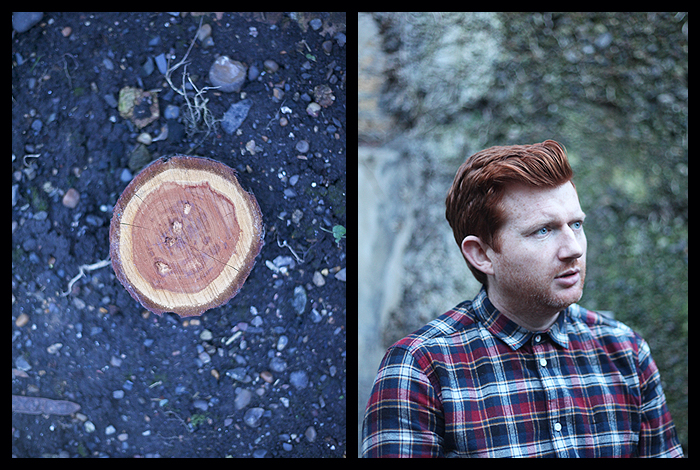


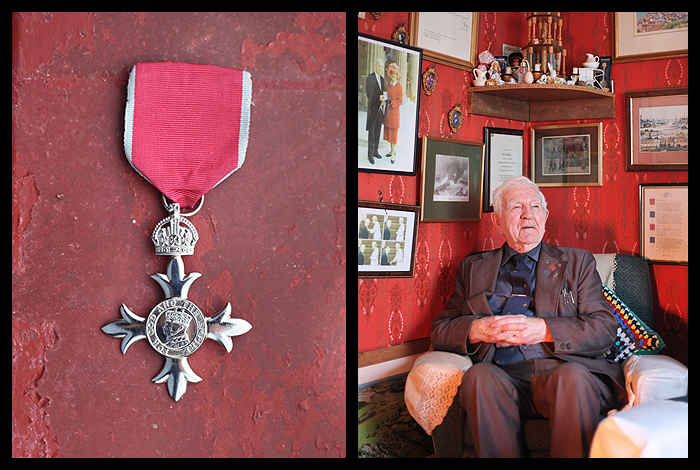

 Subscribe to RSS
Subscribe to RSS Follow us on Twitter
Follow us on Twitter